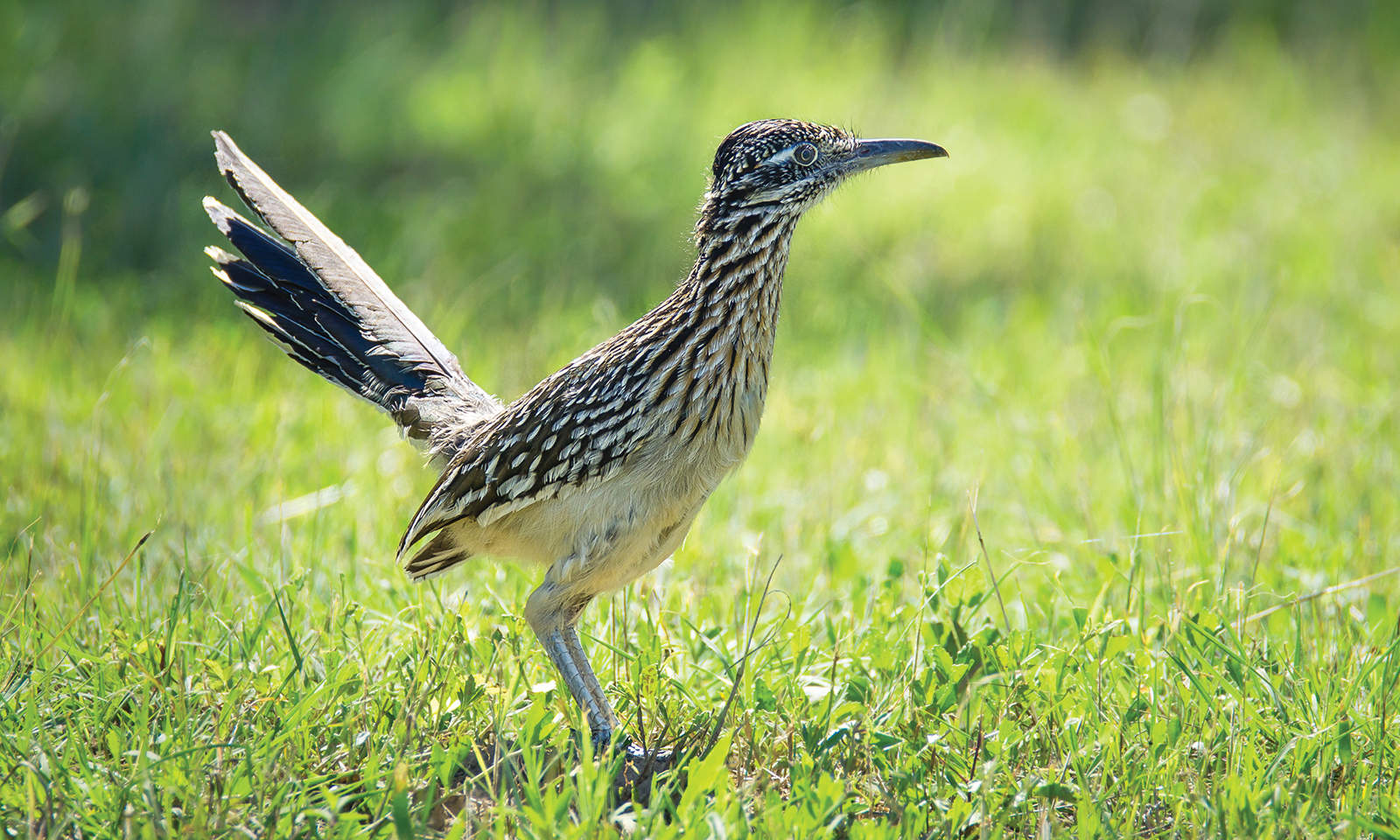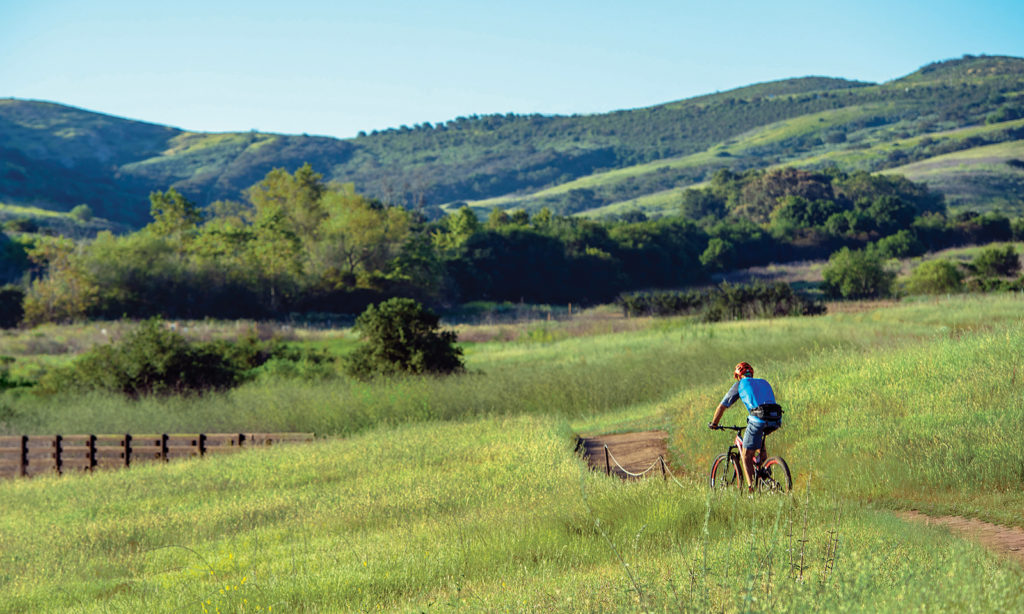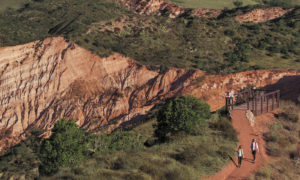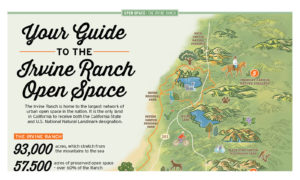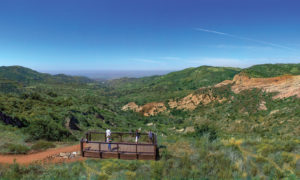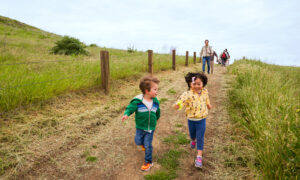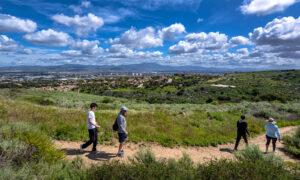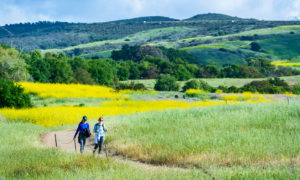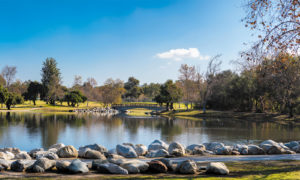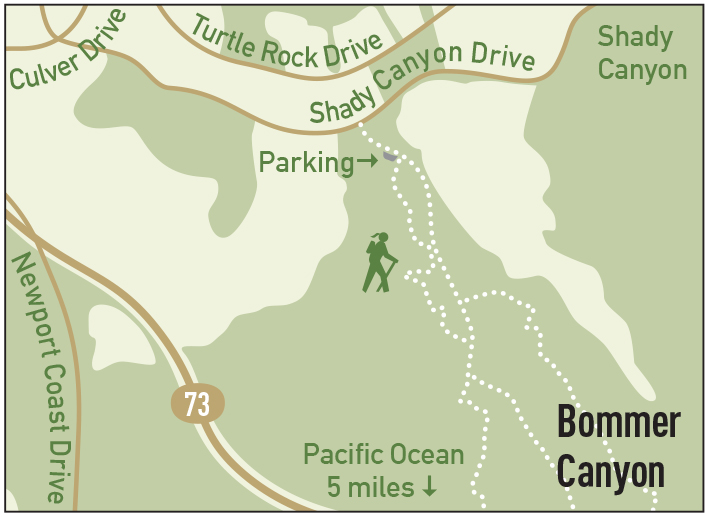 Bommer Canyon is permanently protected as a City of Irvine Open Space Preserve. It’s a stunning expanse – a vibrant tapestry of plant communities, each attracting its own wildlife. A short hike can lead you through native meadows and shady woodlands, large rock outcrops and expanses of coastal sage scrub. A longer hike can lead you to the ocean.
Bommer Canyon is permanently protected as a City of Irvine Open Space Preserve. It’s a stunning expanse – a vibrant tapestry of plant communities, each attracting its own wildlife. A short hike can lead you through native meadows and shady woodlands, large rock outcrops and expanses of coastal sage scrub. A longer hike can lead you to the ocean.
September marks the beginning of a transition in the canyon. Summer-nesting songbirds start heading to feeding grounds farther south. Warblers and sparrows begin to arrive, later followed by cedar waxwings and robins. Feathered migrants and residents alike make Bommer Canyon a hot spot for birding.
Here’s a look at the habitats and some of the birds to look (and listen) for as you explore the preserve.
THE HABITATS AND BIRDS TO LOOK FOR
Woodlands – Acorn Woodpecker
Oaks and sycamores create a tangled overstory near Bommer Canyon Creek. Acorn woodpeckers, identified by their red cap and clownlike face, gravitate to these trees. They use the limbs of aging and dead trees to create pantries, or granaries, filled with acorns.
Acorn woodpeckers also use tree trunks for their nests – a deep cavity they hollow out with their chisel-shaped beaks. Communal groups of males and females breed, incubate eggs, and rear their young cooperatively. These birds have one of most socially complex structures in the animal kingdom.
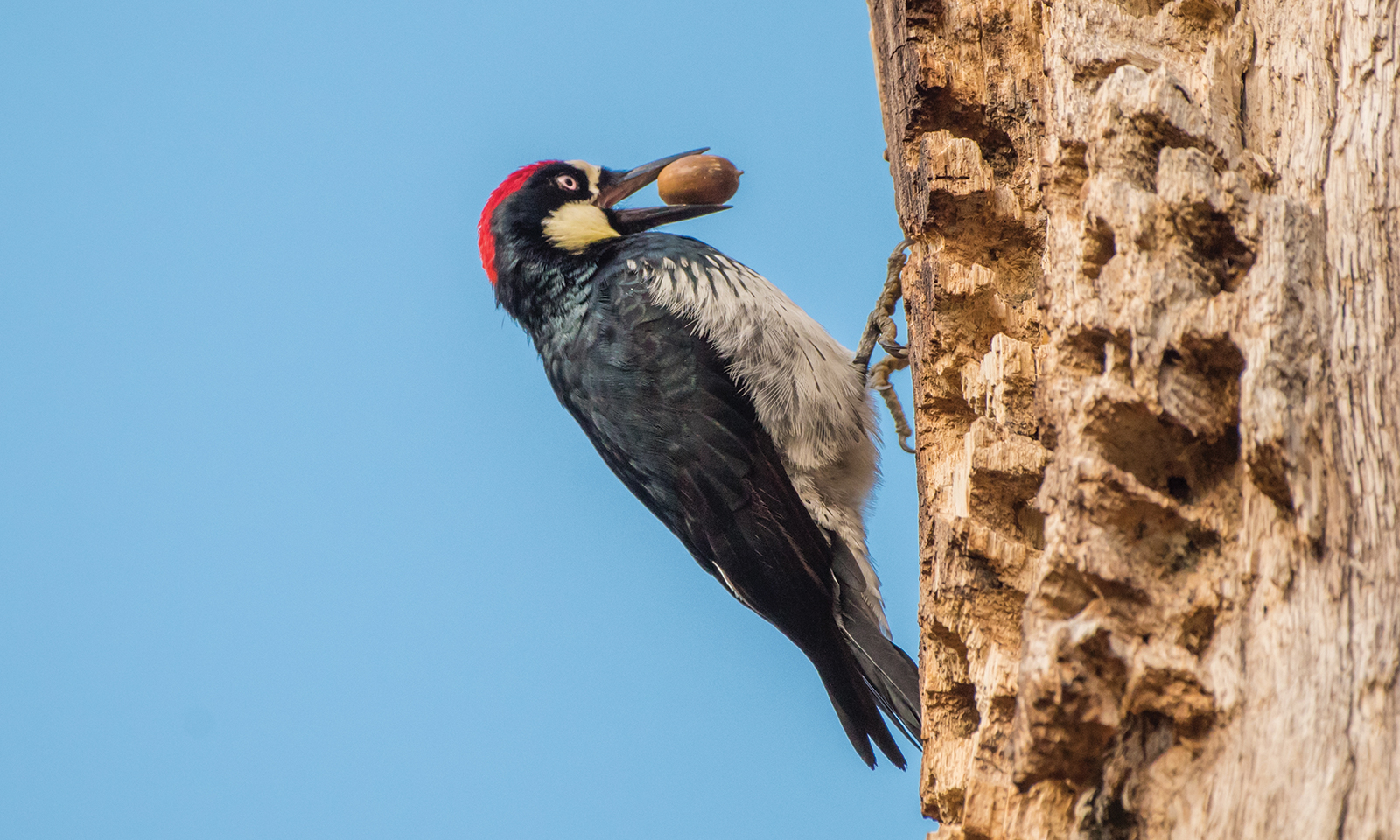
Coastal Sage Scrub – Cactus Wren
Thickets of buckwheat, sagebrush and other coastal sage scrub plants attract insects that gather nectar, pollen and seeds. The insects, in turn, attract songbirds that relish them as well as autumn’s seeds.
The coastal cactus wren is one of many birds that live in coastal sage scrub. In fact, it rarely leaves it. As long as it finds sufficient stands of prickly pear cactus for food and nesting space,
it stays put. Look for this brown, speckled wren with white eyebrows. Listen for its call, often described as the sound of a car engine that won’t start.
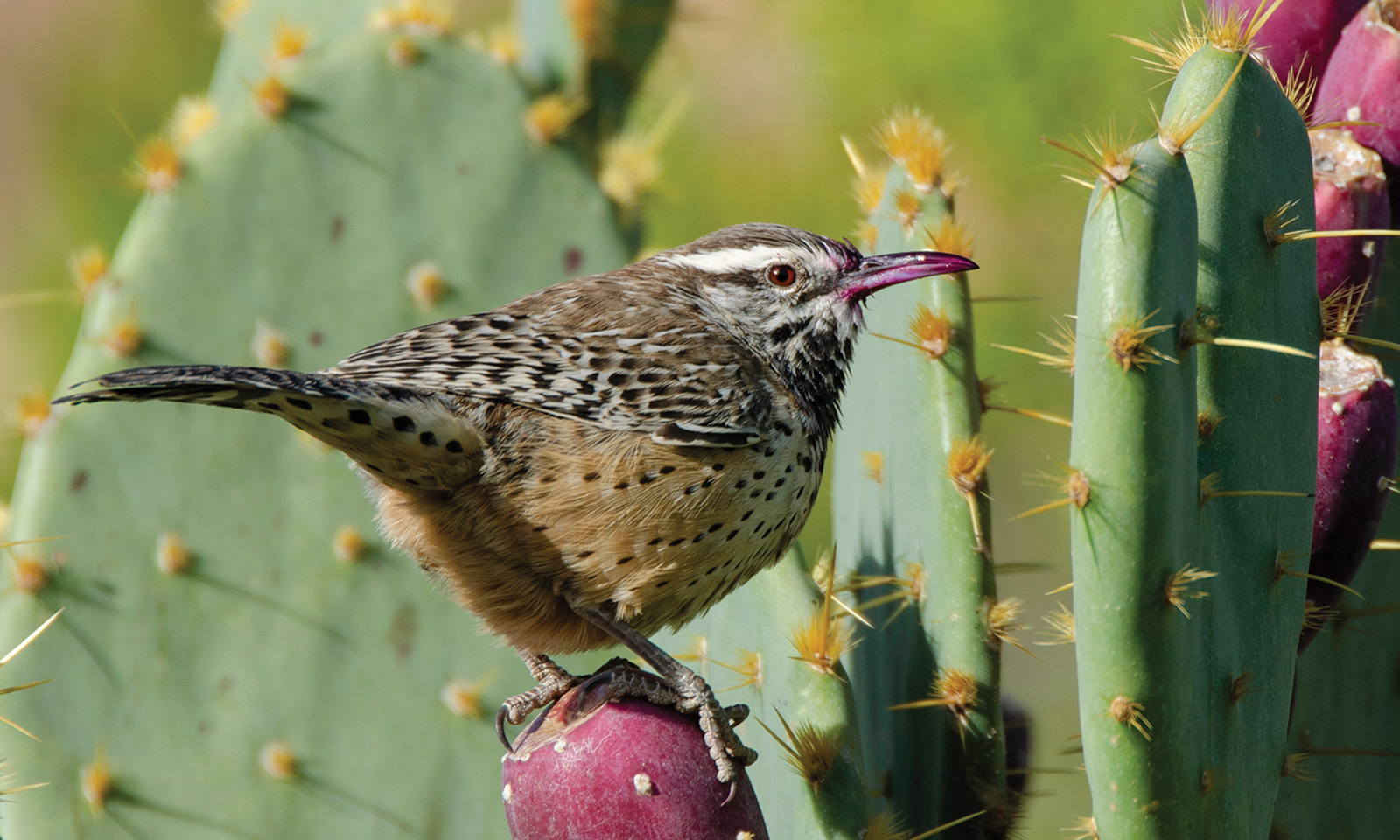
Grasslands – Greater Roadrunner
Golden brown by summer, grasslands cover Bommer Canyon’s hills. A mixture of native and nonnative grasses, including wild oat, red brome, giant wild rye, and purple needlegrass, these grasslands provide food and habitat for insects, reptiles, mammals, songbirds, and even an occasional roadrunner.
Made famous in cartoons, the greater roadrunner prefers walking or running over flying. It can outrun a person and, in fact, is fast enough to capture and kill lizards, scorpions and snakes – even rattlesnakes! Keep your eyes open for this fairly large bird as it darts across the trail.
